This middle and high school project is perfect Color Theory. Students will love finding success making a Color Wheel Guitar while connecting it with rock and roll! This project covers Common Core Standards for Math for grade 8 which can be found at the end of the lesson.
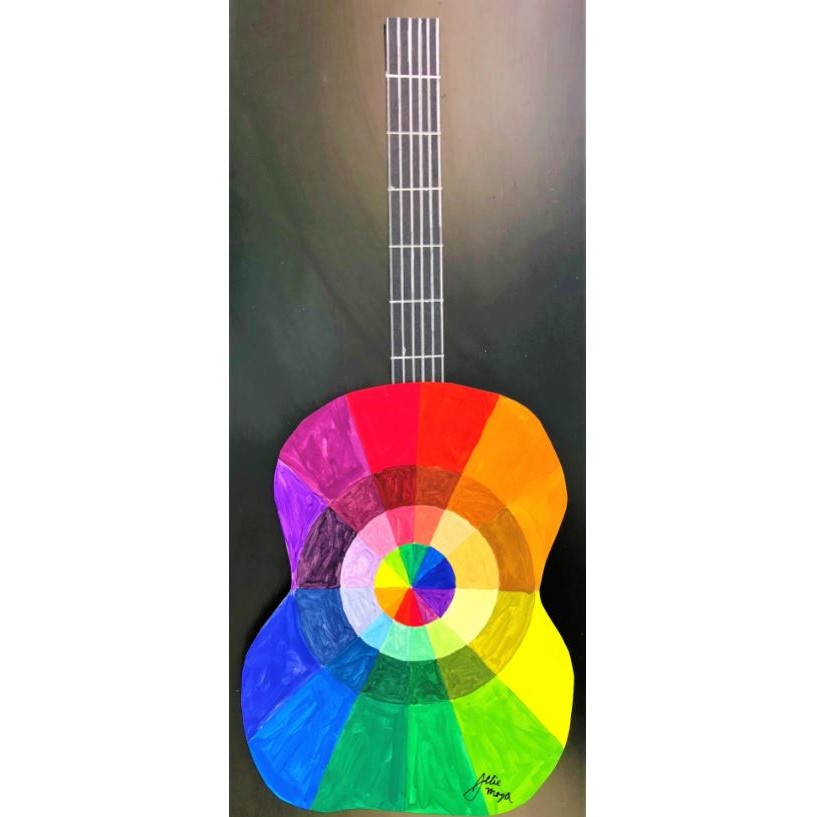
Grade Level
7th and 8th graders – The examples in this lesson are by 8th graders
Objective
In this Color Wheel Guitar lesson, students will create a guitar using color theory elements.
Time
4 – 60 min lessons
Materials
- Pencils
- Rulers – both foot and yard length
- Red, Orange, Yellow, Green, Blue, Violet, White, Black Acrylic Paint. Acrylic Paint – Crayola Washable Kids Paint Set, 10 Count
- 12×18 Watercolor paper – Canson XL Series Watercolor Textured Paper Pad for Paint, Pencil, Ink, Charcoal, Pastel, and Acrylic, Fold Over, 140 Pound, 12 x 18 Inch, 30 Sheets
- Brushes – Acrylic Paint Brush Set, 1 Packs / 10 pcs Nylon Hair Brushes for All Purpose Oil Watercolor Painting Artist Professional Kits
- 18×24 Black Construction paper – SunWorks Construction Paper, 58 lbs, 18 x 24, Black, 50 Sheets/Pack (6317) (You will get at least 9 necks for the guitar out of one sheet of paper)
- Silver Sharpie Marker – Sharpie 39108PP Fine Point Metallic Silver Permanent Marker, 1 Blister Pack with 2 Markers each
- Packaging tape (optional) or glue
Inspiration/Artist
I was inspired to make this project from this site: Click Here
Instruction with Questions
Day 1
Show a couple of videos. I like all of these, but depending on what background they have about color theory, you may only need a couple of them. After watching them, have a discussion reviewing what they learned.
Youtube: The Colors Song | The Colours Song | Scratch Garden: Click Here
Beginning Graphic Design: Color: Click Here
Elements of Art: Color | KQED Arts: Click Here
Brain Games – Visible Spectrum: Click Here
Artworks that show color in PowerPoint format that I created (from artclasscurator.com) : Click Here
Use this Color Theory for kids inspired by Disney PowerPoint Presentation: Click Here
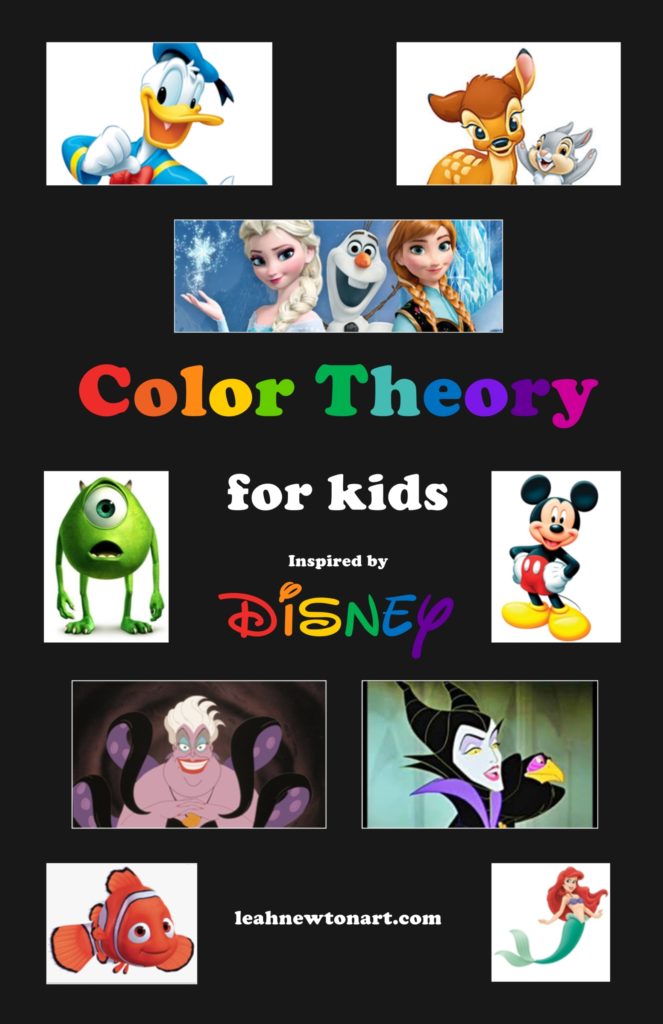
Another idea is to use this color wheel and have them color in the areas with the appropriate color. Click Here for the PDF
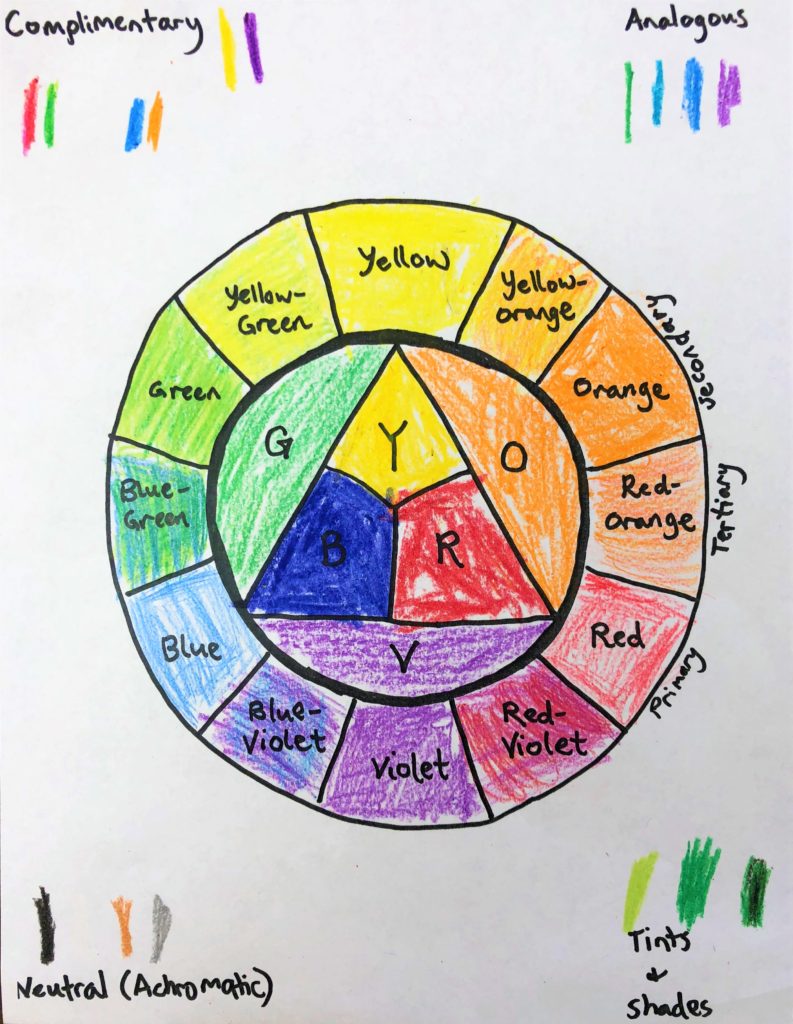
An alternate plan would be to have students cut up magazines to find colors for each area of the template.
Day 2
#1
I apologize that these photos are not better, but you get the idea. Have them make a dot in the middle of their paper. Remind them to always have the dot touching the number 6 on the inches line. Make a vertical and horizontal line. Then cross two lines in each quadrant crossing all the way through the dot. This will help you create 12 total areas.
#2
Next, using a circle template or round shapes they can trace from things in your room, have them create three circles.
The first circle is approximately 6 inches in diameter. The second one is approximately 8 inches. And the third is approximately 10 inches. I am showing below an overview of the end product and the end of this drawing session.
#3
Next have students design these sections. They may choose to keep the round circle or add some flare.

#4
Guide students to add a letter code for each area on their grid in pencil. You will see the letters in color here and that is just for reference. I have students start on the inside an mark R for Red. Skip a section. O for Orange. Skip a section. Then go directly across from the R and also put an R on the outside of your last circle. Etc. Continue this for all six colors.
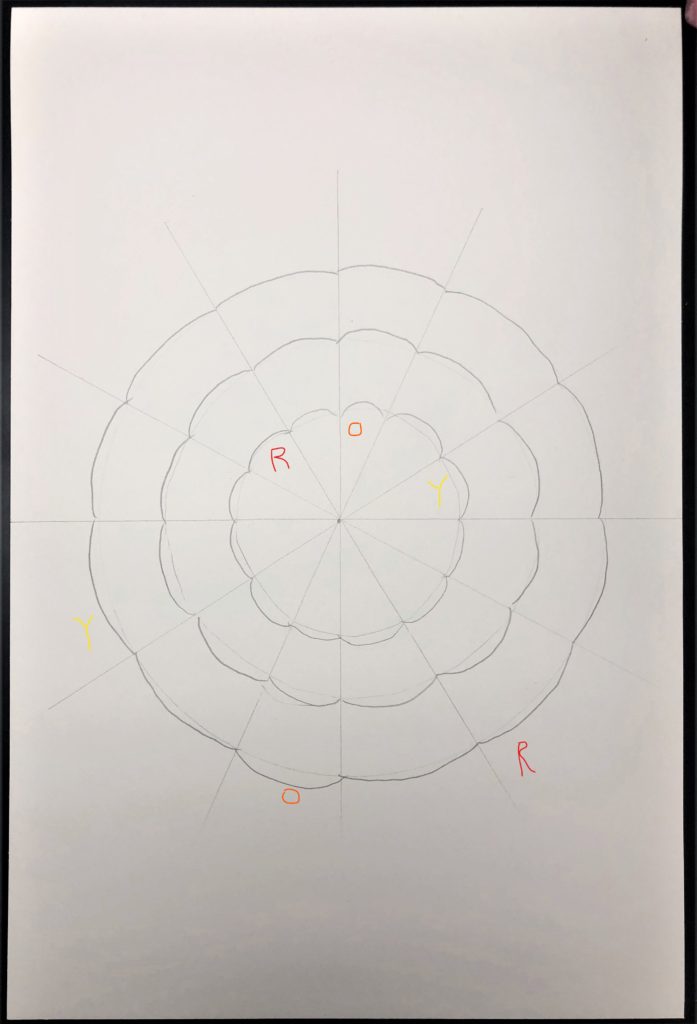
#5
Students will then finish the missing gaps with the tertiary colors. RO for Red Orange. OY for Orange Yellow. Etc.
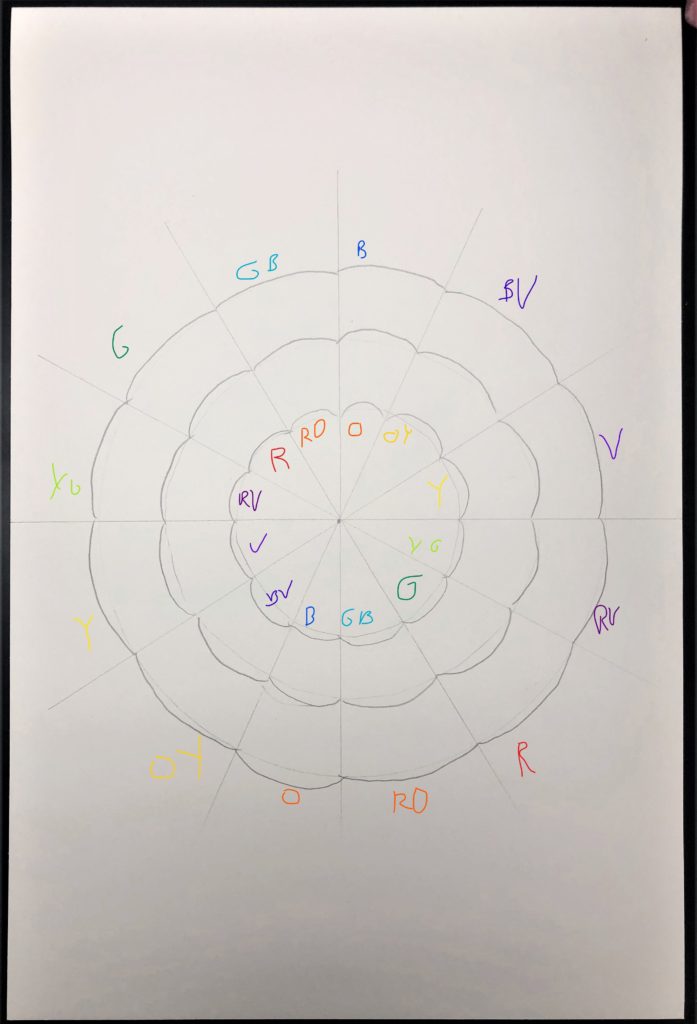
#6
Today I have students start with just painting the main six colors both inside and outside. This is a good place to start with guiding them toward clean lines and flat as possible (non-gunky) paint.
Day 3
Purely due to time and resource (think money), I pre-prepare paper plates with the same six colors. But this time, if possible with students watching, I split the pain on the plate down the middle and add a drop of black to one side and a lot of white to the other. I have six students help me mix them up on each half. Set them out as stations. Students fill in the section just off the middle with the TINT and then the final area with the SHADE.
Day 4
By now students are getting the hang of this process. Today I pre-mix the tertiary colors. As soon as students finish the main tertiary colors, we quickly mix up black and white right on the paper. This day goes a little bit quicker because they finally click into the process.
As they finish their wheel and set them aside to dry, give them a pre-cut piece of black 18×24 black construction paper. Each “neck” of the guitar is approximately 22 x 1.75. I offer them silver sharpie markers and yard sticks. They design their strings. I used packaging tape to hold the neck onto the guitar.
Here are some finished Color Wheel Guitar pieces!
Common Core Standards
8th Grade – Math – Geometry
Understand congruence and similarity using physical models, transparencies, or geometry software.
- Verify experimentally the properties of rotations, reflections, and translations:
a. Lines are taken to lines, and line segments to line segments of the same length.
b. Angles are taken to angles of the same measure.
c. Parallel lines are taken to parallel lines. - Understand that a two-dimensional figure is congruent to another if the second can be obtained from the first by a sequence of rotations, reflections, and translations; given two congruent figures, describe a sequence that exhibits the congruence between them.
- Describe the effect of dilations, translations, rotations, and reflections on two-dimensional figures using coordinates.
- Understand that a two-dimensional figure is similar to another if the second can be obtained from the first by a sequence of rotations, reflections, translations, and dilations; given two similar two-dimensional figures, describe a sequence that exhibits the similarity between them.
- Use informal arguments to establish facts about the angle sum and exterior angle of triangles, about the angles created when parallel lines are cut by a transversal, and the angle-angle criterion for similarity of triangles.


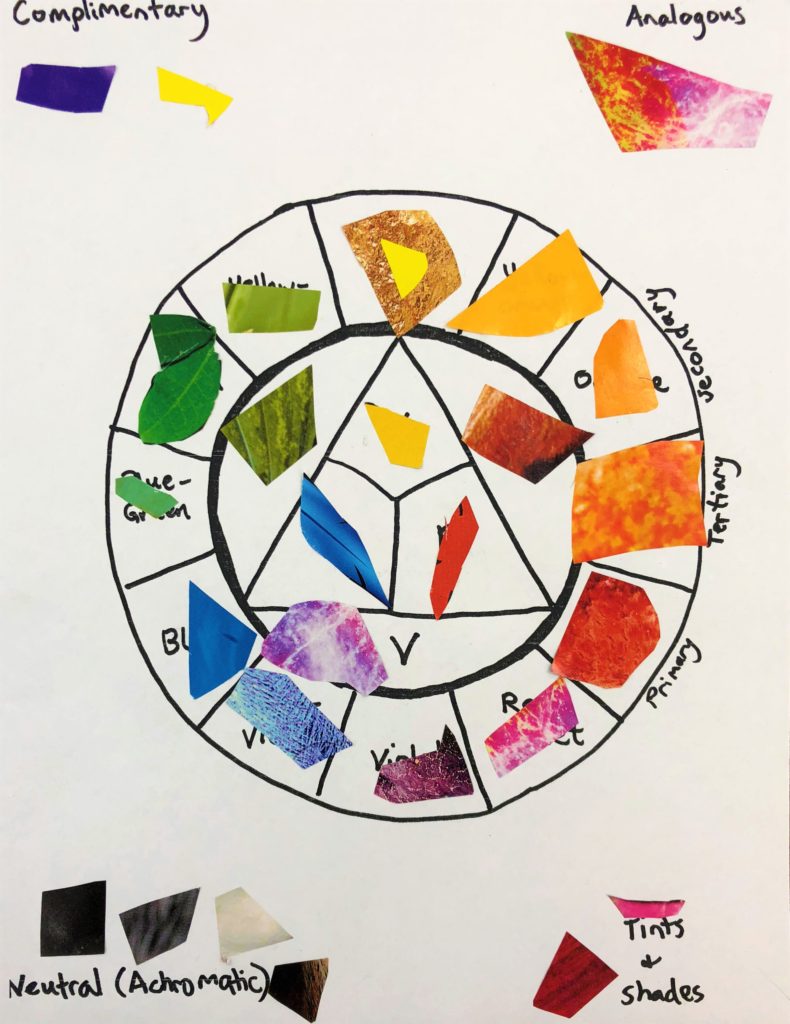
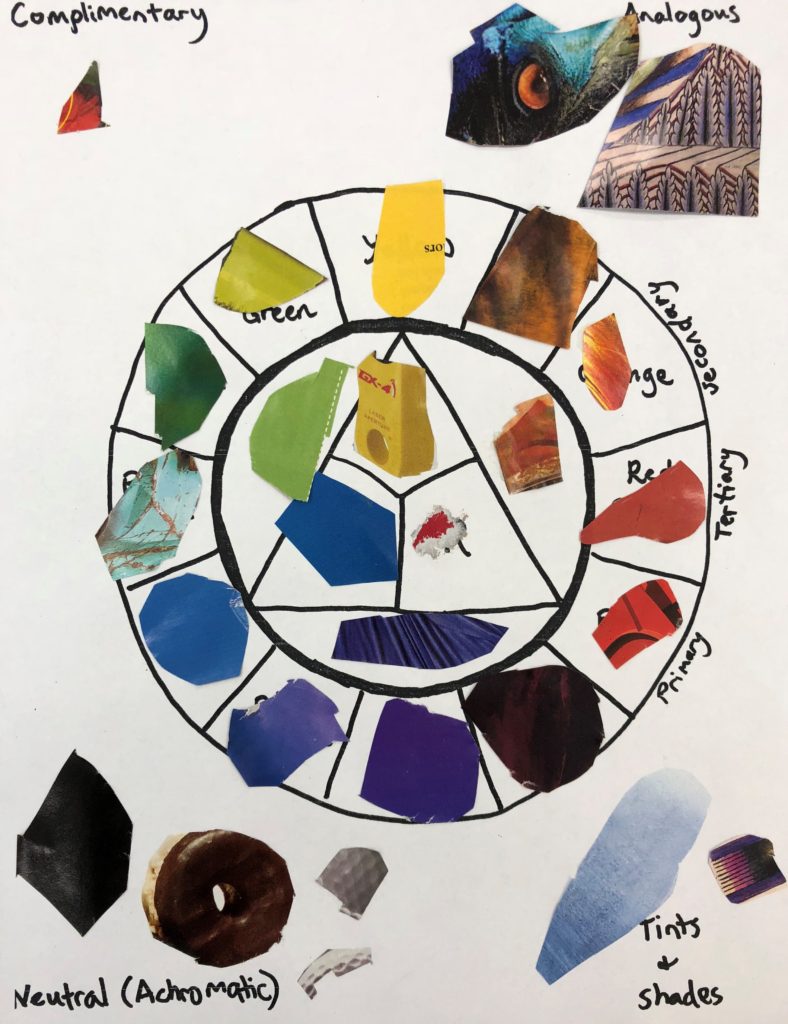


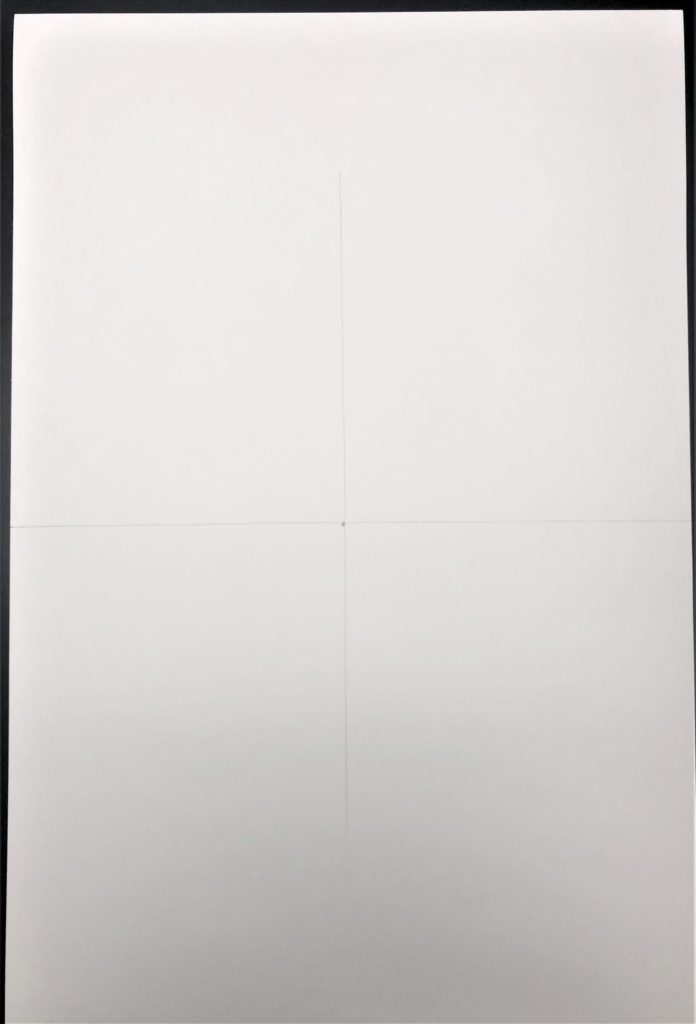
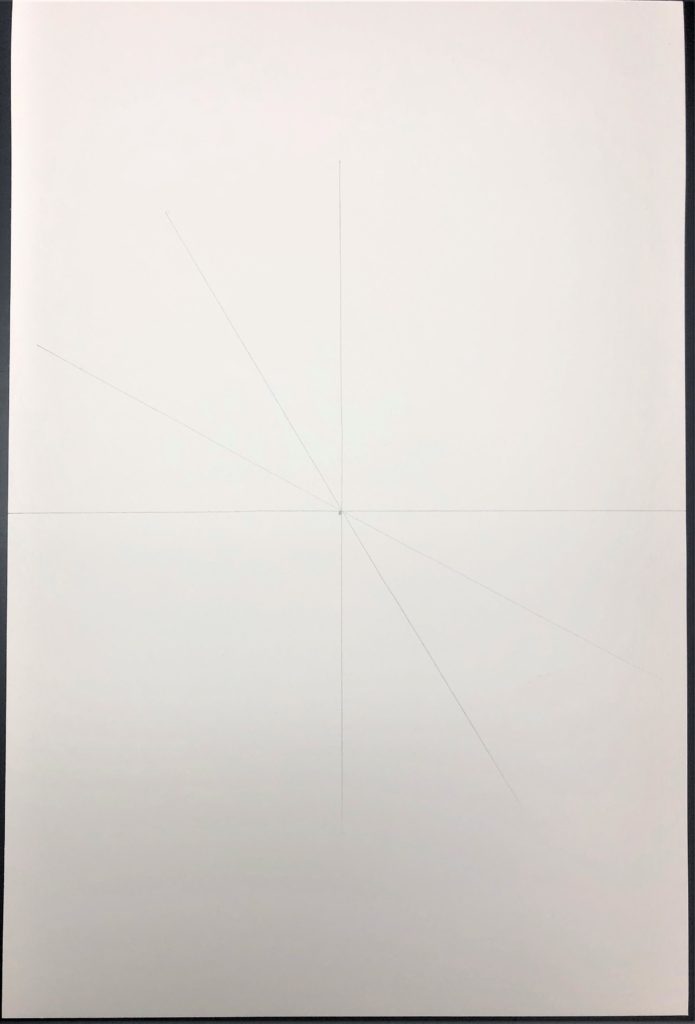
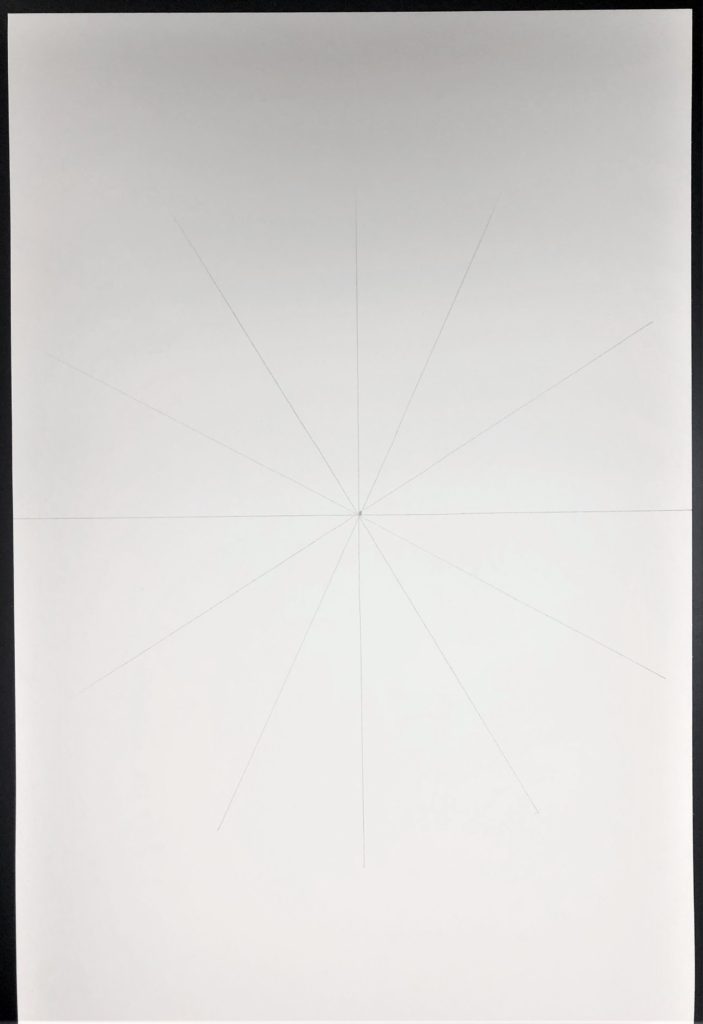

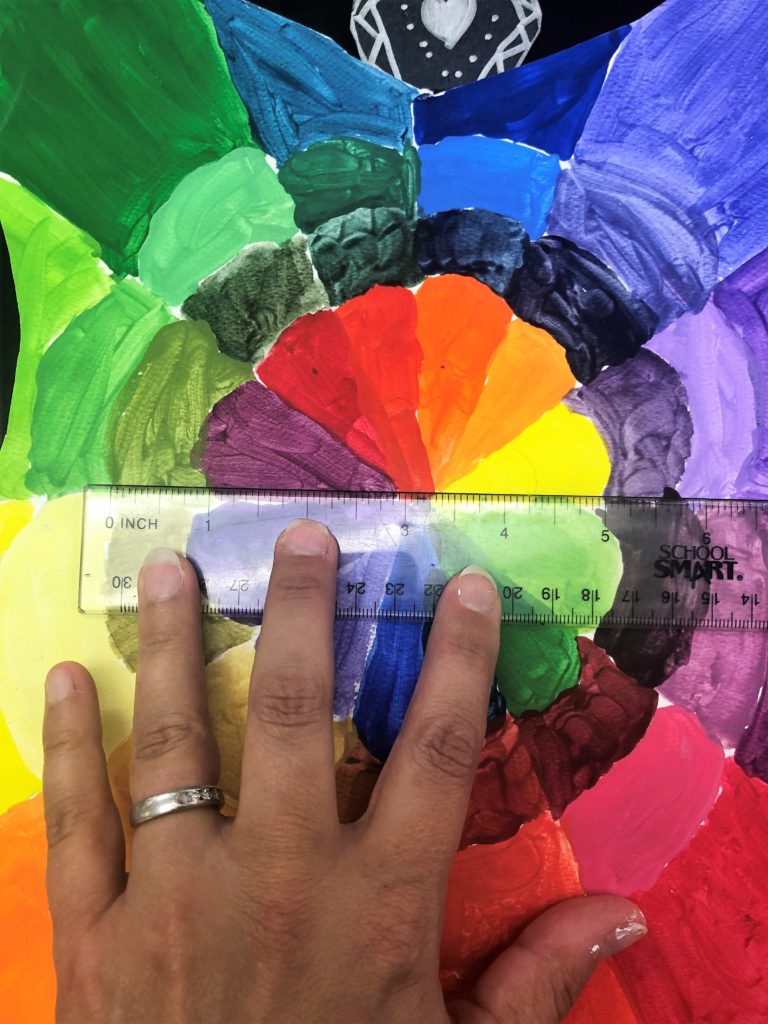
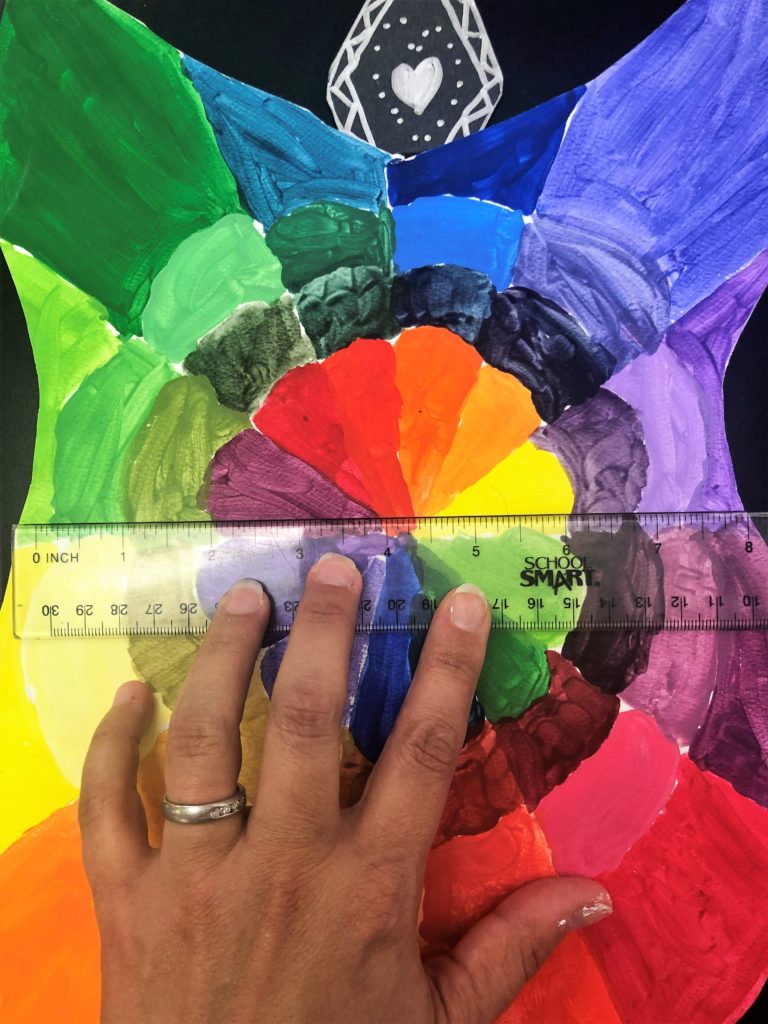
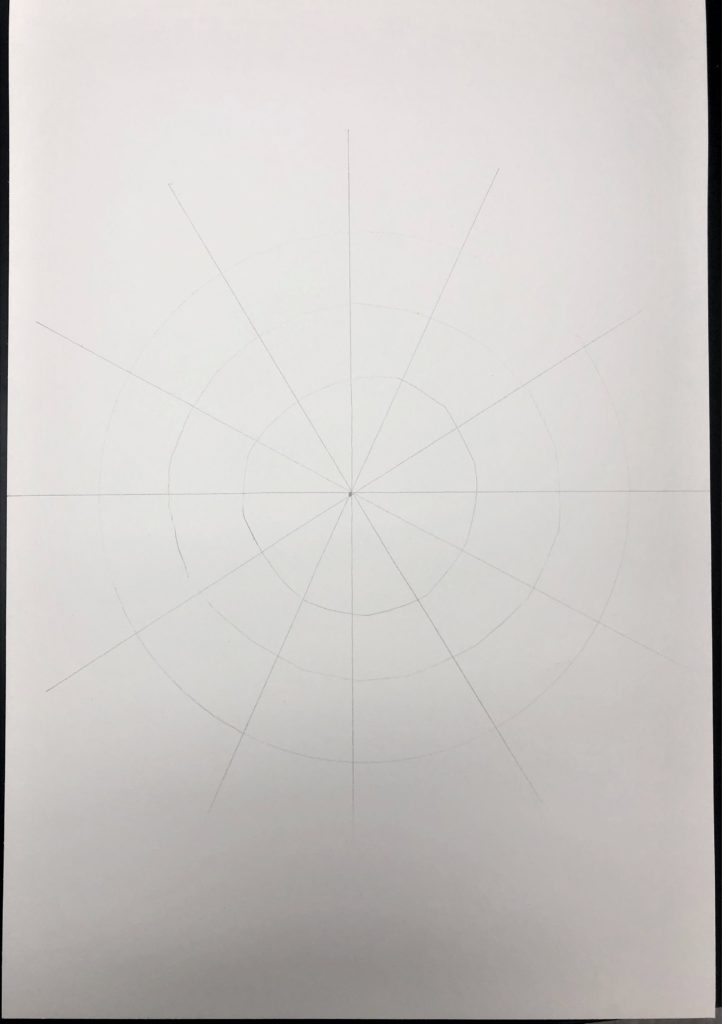
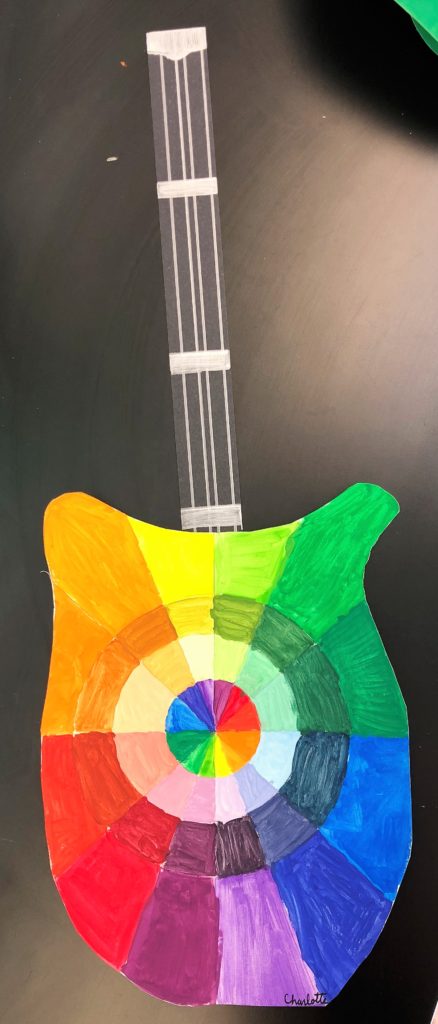
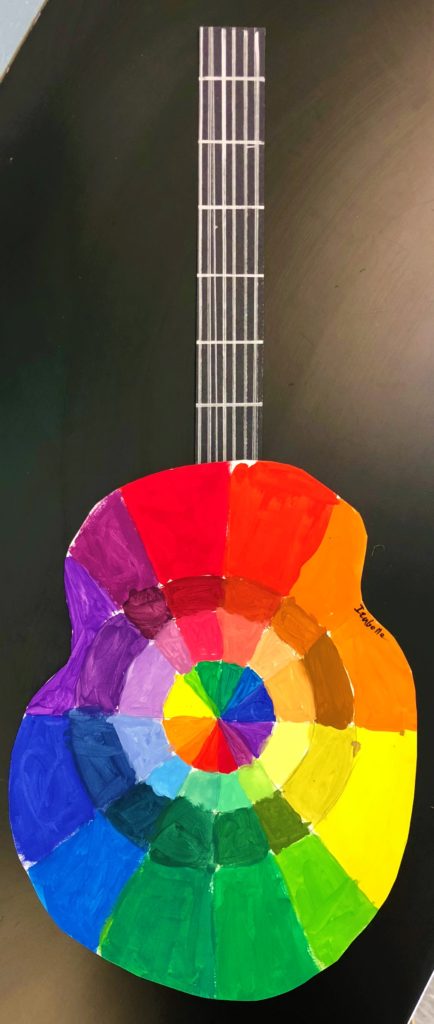
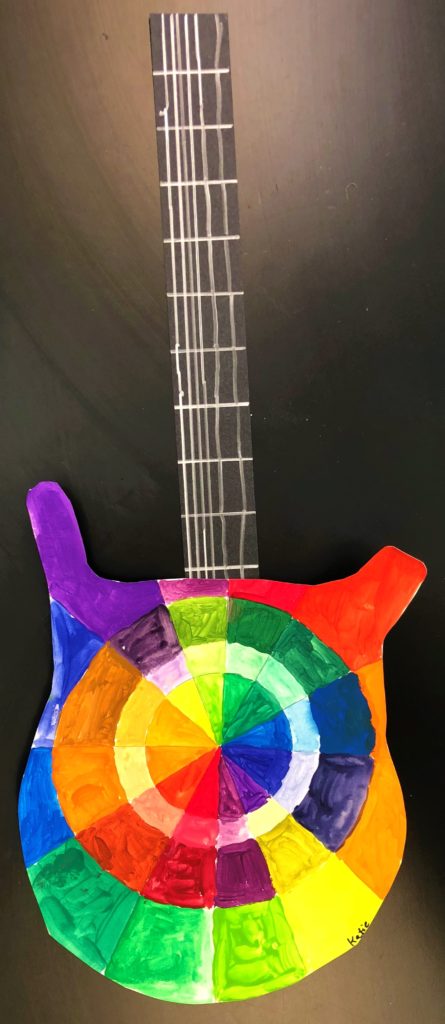
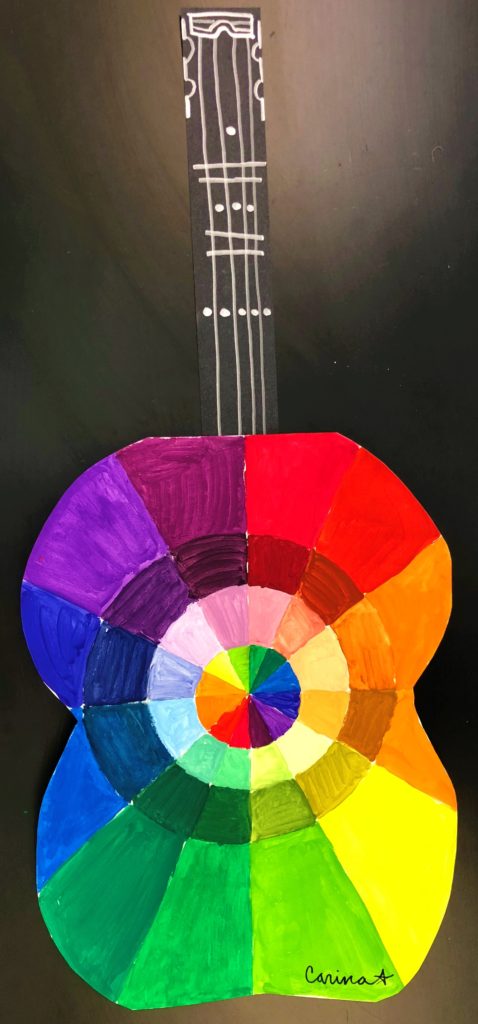
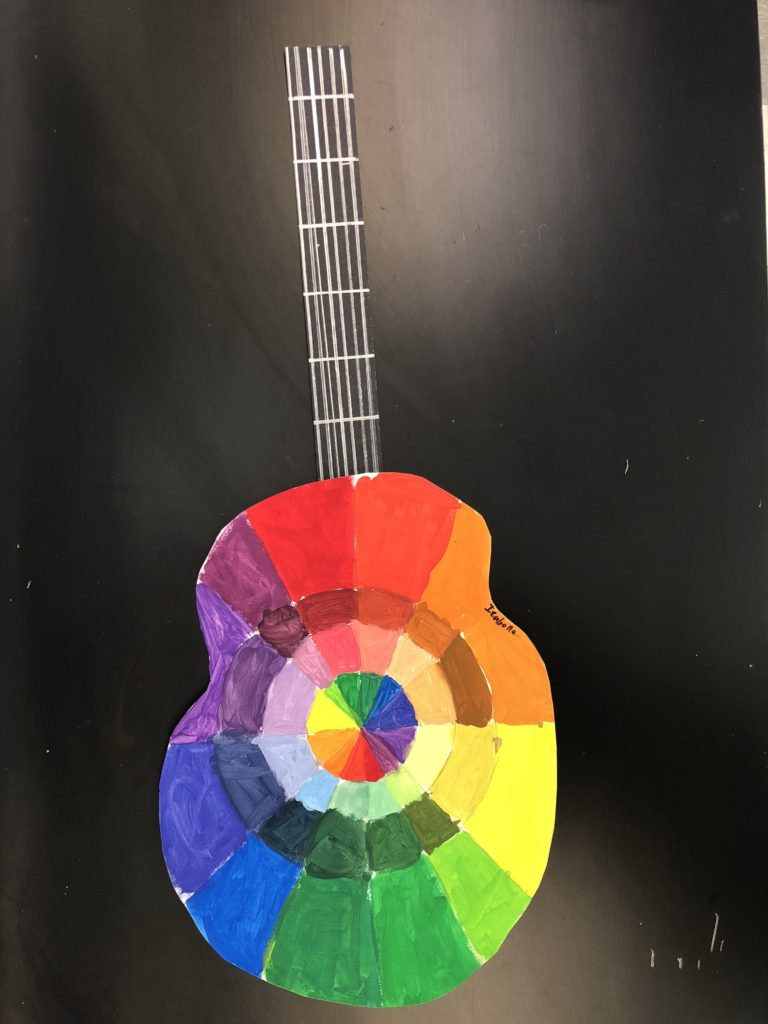
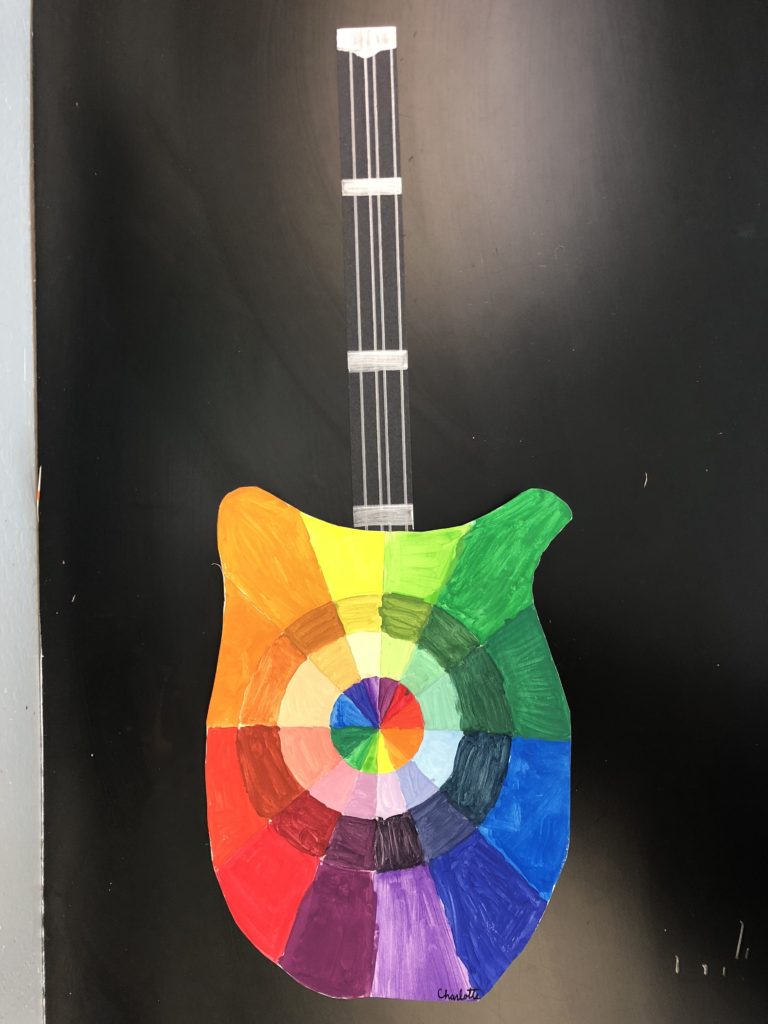
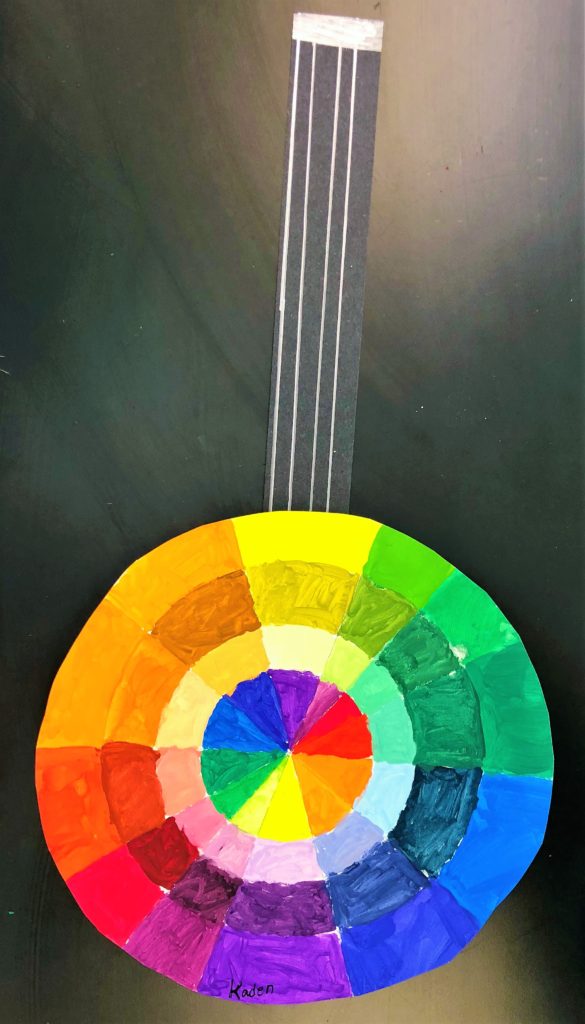
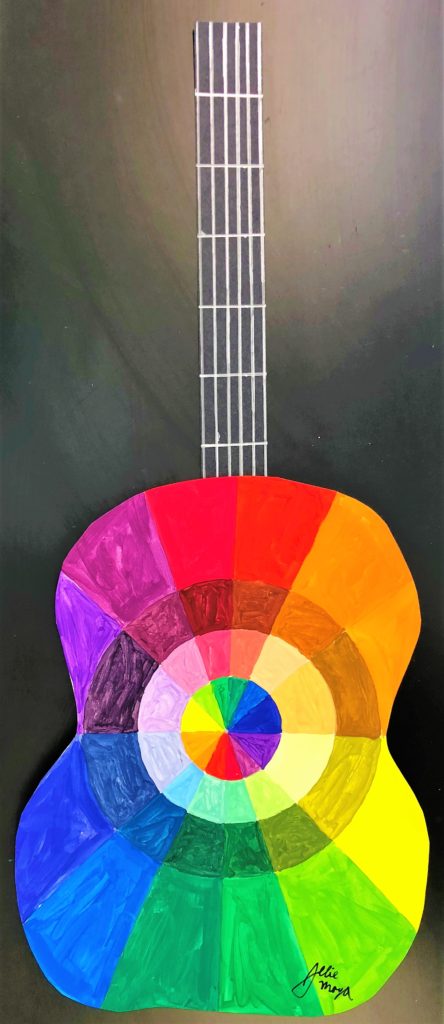
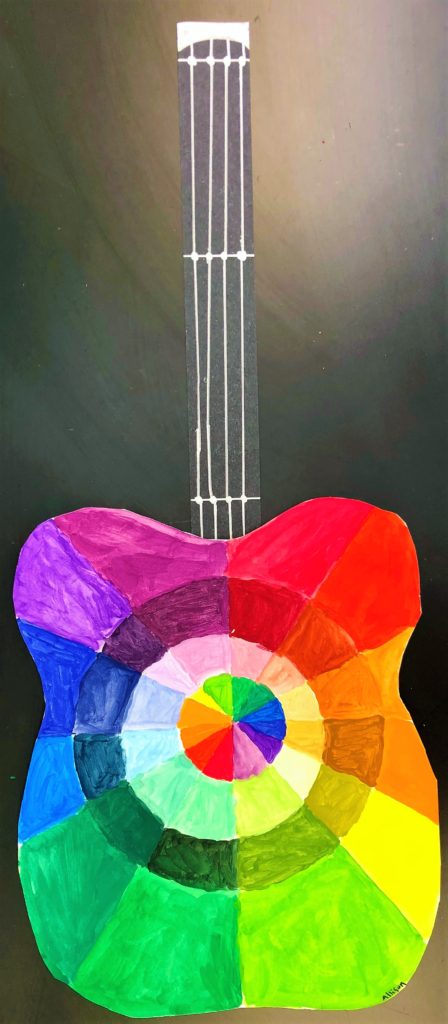
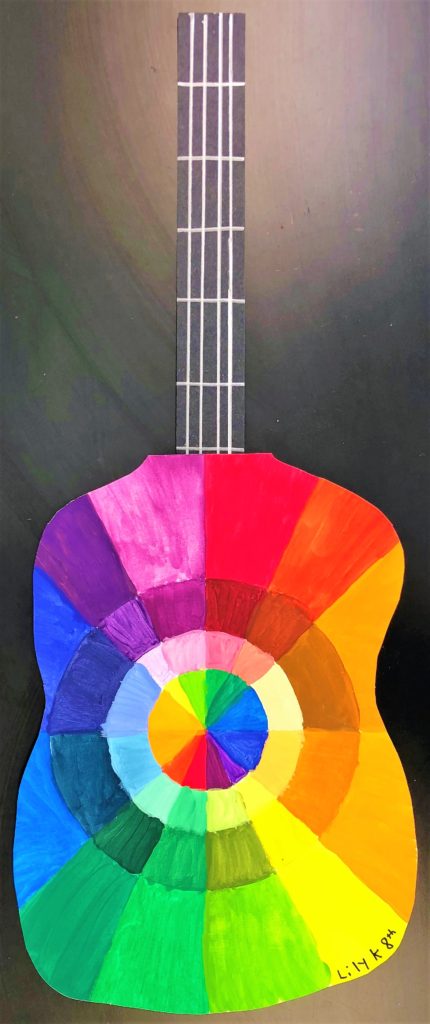
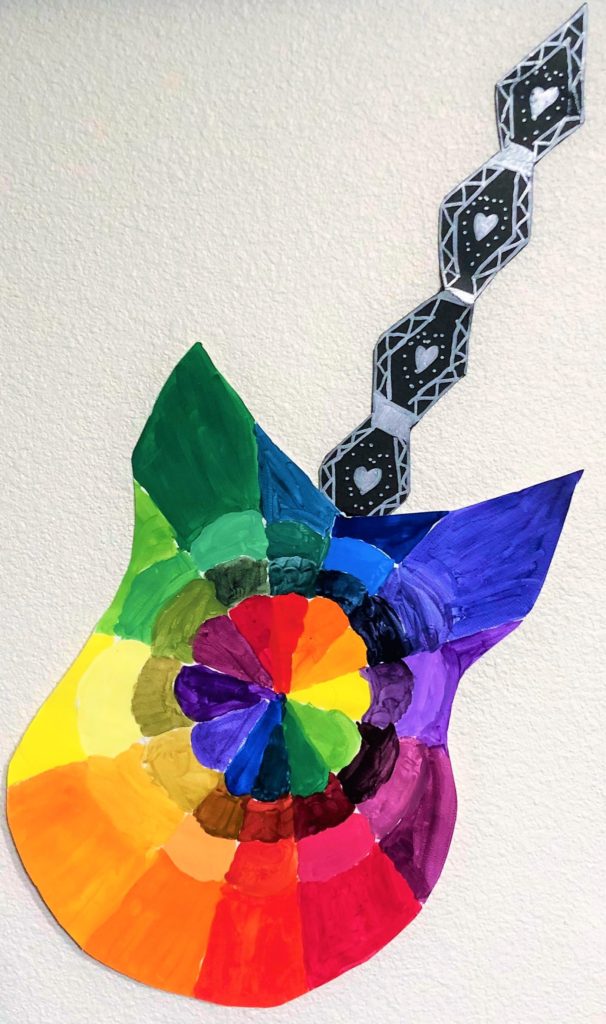

Hi Leah,
do you have a tutiorial on how to make the guitar art? or a list of instructions?
Thanks!
If you scroll all the way through you will see all of the directions. Let me know if you still need support.